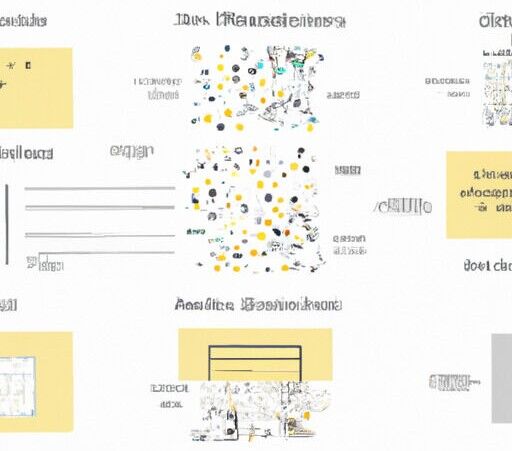Machine Learning (ML) in Bioinformatics
Clustering Methods in Bioinformatics

About this Module
Clustering algorithms are a type of unsupervised machine learning method that is used to group data points into clusters based on their similarity. Clustering algorithms are a valuable tool for data exploration and understanding, and they have many applications in fields such as image recognition, customer segmentation, and anomaly detection.
You will learn about the different clustering algorithms and how to use them to cluster data. You will also learn about the evaluation metrics used to measure the performance of clustering algorithms and how to choose the best algorithm appropriate for your data.
After you have completed this tutorial, you will be able to use clustering algorithms to discover patterns and relationships in your data.
There are many different clustering algorithms available, and the appropriate algorithm to use depends on the data's structure and the analysis's goals. Some common types of clustering algorithms include:
- K-Means Clustering:
- This is a centroid-based algorithm that divides the data into k clusters, where each cluster is represented by its centroid (i.e., the mean of all the points in the cluster).
- Hierarchical Clustering
- This algorithm builds a hierarchy of clusters, with each cluster nested within another cluster. Agglomerative (bottom-up) and divisive (top-down) are the two main types of hierarchical clustering methods.
- Density-based clustering:
- Density-based algorithm clusters points close to each other and connects to a larger number of other points.
- Gaussian Mixture Model (GMM):
- This probabilistic model assumes that the data is generated from a mixture of several Gaussian distributions.
- Affinity Propagation:
- This algorithm works by having each point send "messages" to other points indicating its preference for being in the same cluster.
- Spectral Clustering:
- This algorithm uses the eigenvectors of a matrix derived from the data to cluster the points.
In this tutorial, we will focus on these six clustering algorithms and learn how to use them to cluster data.
We will also discuss the evaluation metrics used to measure the performance of clustering algorithms and how to choose the most suitable algorithm for your data analysis.
Contents of this module
K-Means Clustering
K-means is a popular method for partitioning datasets into a set of k clusters, where each cluster is described by its centroid (i.e., the mean of all the points in the cluster). The algorithm starts by randomly selecting k initial centroids and then iteratively assigns each point to the closest centroid and re-computes the centroid based on the points in the cluster. We repeat this process until convergence (i.e., the centroids no longer change).
Start learningHierarchical Clustering
This method builds a hierarchy of clusters, where each cluster is nested within another cluster. Two main types of hierarchical clustering exist: agglomerative (bottom-up) and divisive (top-down). Agglomerative clustering starts by treating each point as its cluster and then iteratively merges the closest clusters until all points are in the same cluster. Divisive clustering starts by treating the entire dataset as a single cluster and then iteratively divides it into smaller clusters until each point is in its cluster.
Start learningDensity-based clustering
Density-based clustering is a method of clustering data points in a dataset based on the density of data points in the region. This method is beneficial for identifying clusters of data points that are compact and well-separated from other clusters.
Start learningGaussian Mixture Model (GMM)
This probabilistic model assumes that the data is generated from a mixture of several Gaussian distributions. Each distribution is characterized by its mean and covariance. The model assigns a weight to each distribution, indicating the proportion of points generated from that distribution.
Start learningSpectral Clustering
Spectral clustering is an unsupervised machine-learning technique used to group similar data points. It uses the concept of eigenvectors and eigenvalues of a similarity matrix to form clusters.
Start learningAffinity Propagation
This method works by having each point send "messages" to other points indicating its preference for being in the same cluster. The points that receive the most messages become the cluster representatives, and the rest are assigned to the cluster with the most representative points.
Start learning